For the longest time I struggled with how to make sure that I had meaningful interventions in my classroom. I wanted them to be organized and I wanted them to be purposeful. Now, I feel like I am an intervention pro! I get through 10 students with 10 different interventions and I feel like I successfully meet their goals each week.
Go through these quick steps to create meaningful interventions!
1. Create a Quick, Easy, and Cute Documentation Form
For me, I use Mrs. D’s corner free progress monitoring rings! I edited to make it so each of my students had a spot for 3 interventions a week and an assessment. Then, when I get a second for an intervention I grab my index cards and go to the first student. When I complete the intervention I just put the date on the index card. Then, once I completed three different dates I assess their progress. I add dates when students complete the intervention with me, a parent volunteer, or any other person that can do the interventions! This is the easiest way to document when they get met with and when I need to assess them. I then keep all other documentation in my free student information binder found here!
2. Make a Meaningful, Assessable Goal
Each of my students that I complete an intervention with know their goal. I have a way to assess their goal and a time frame that I want them to meet it by. I work on interventions for 6 weeks long. If they meet their goal before that GREAT, but I plan to spend 6 weeks on each goal. You goal needs to be easily understandable for the student and easily assessable for you.
Here are some examples:
1. John will show that he can fluently read a text at his level by showing 72 WPM on the Dibbles assessment after 6 weeks of intervention.
2. Kate will be able to answer 4/5 comprehension questions correctly on a text at her level after 6 weeks of intervention.
3. Matt will be able to state all the short vowel sounds and be able to spell 9/10 words correctly that contain short vowels after six weeks of intervention.
4. Mackenzie will be able to multiply 9/10 problems given mentally after 6 weeks of intervention.
5. Phil will be able to answer 3/4 word problems correctly after 6 weeks of intervention.
3. Have Everything Prepped
I go through my goals and pull materials for each goal. For example, for fluency, I copy fluency passages and fluency games and throw them in my box. I have task cards for all the reading skills in my box, fluency passages, phonics games, math flash cards, etc. in my box. I look at each goal and make sure that I have 1-2 activities in my box for that goal. Every week I spend 10 minutes adding something to my box. Then, when I pull a child up I just grab something out of the box and we begin! This makes for very little planning and I have the ability to pull them whenever I get a second and it doesn’t have to be over scheduled.
I also have all of my assessments prepped and ready to go. In my box I always have:
1. Fluency Assessments (we use Dibbles)
2. Comprehension Assessments (I use these quick and easy Paragraphs of the Day, they are short and easy to assess students on)
Then, whenever I prepare a new goal I find the assessment I want to use and add it to the box.
4. Make an Ideal Schedule for Interventions
I have an ideal schedule that I would like to meet with each student. Do I always follow it? No way! But I try. I plan out any time of the day that I have unscheduled time. Then, I plan out how many minutes I can meet with each student. This way, I have a visual to show me that it is possible to get through all the interventions.
5. Make the Interventions Short & Fun
You do not need to meet with students for a long time each time you complete an intervention. Interventions are meant to be quick and easy. I spend about 5 minutes with each student for one intervention and see great success. Just practice the skill you are working on once or twice and let them go back to work! Students need QUALITY repetition not QUANTITY! 🙂 Also, make sure the interventions are fun for the kids! Find quick games you can play to practice the skill or use task cards that are full of color and about interesting topics! If the intervention is fun you will enjoy it more, your students will enjoy it more, and you will be more successful!
Now, get out there and give your students the interventions they deserve!
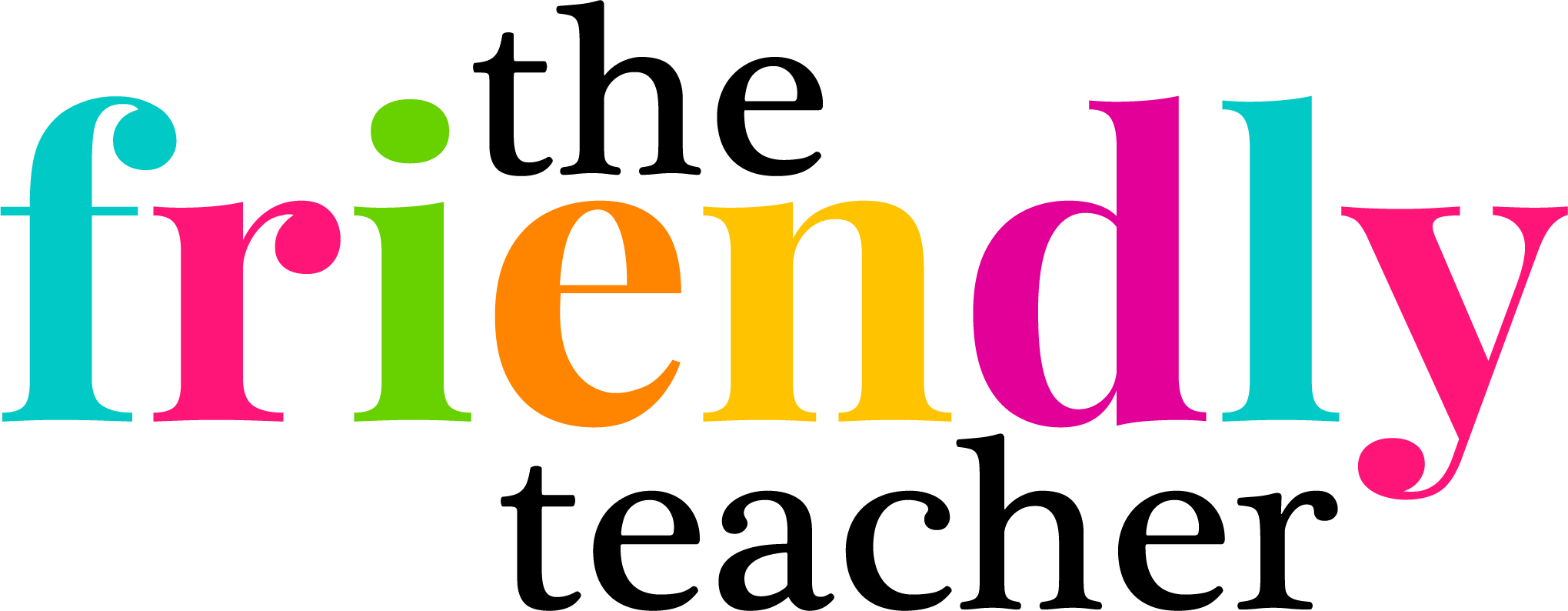


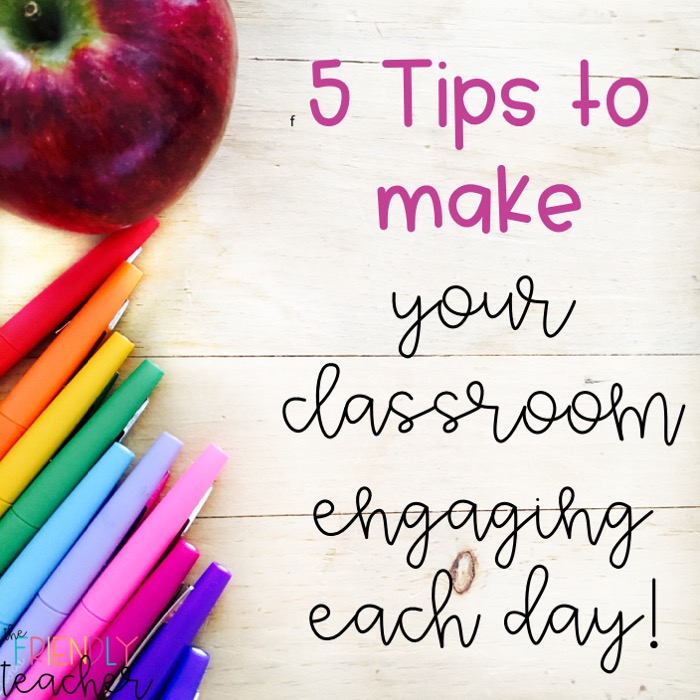




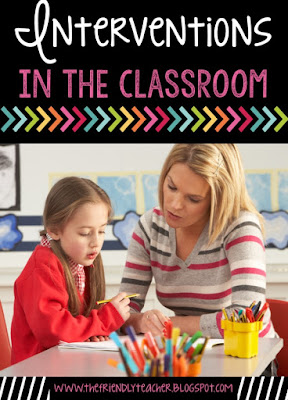

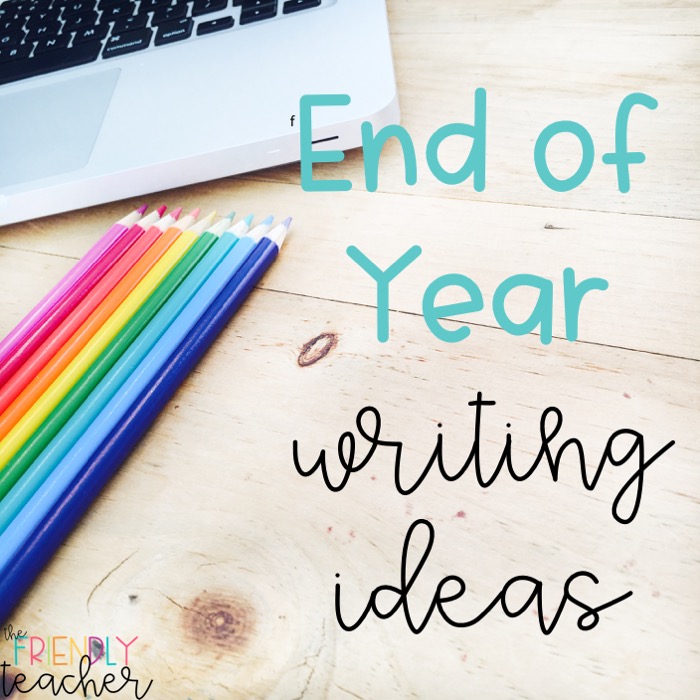
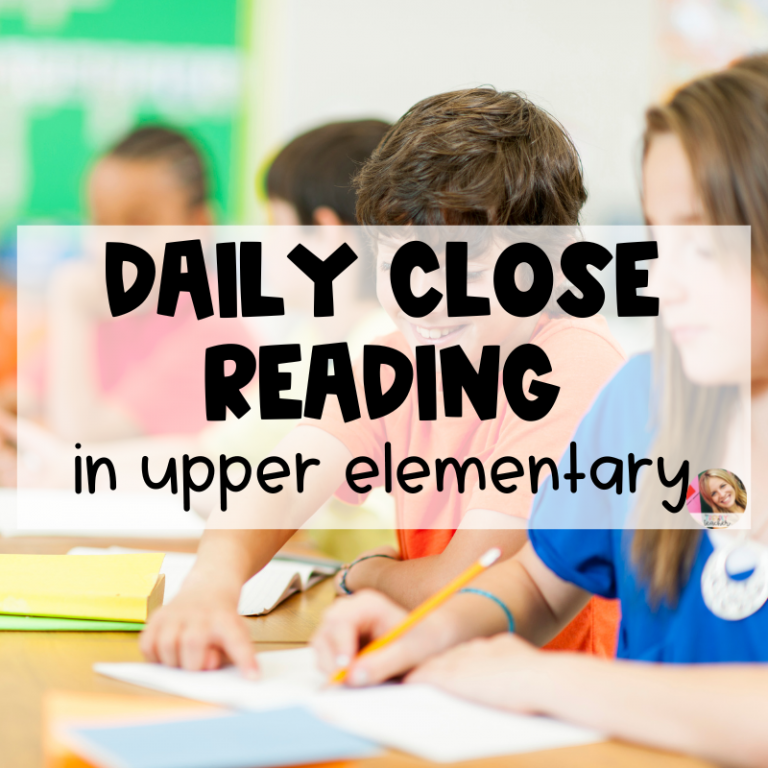
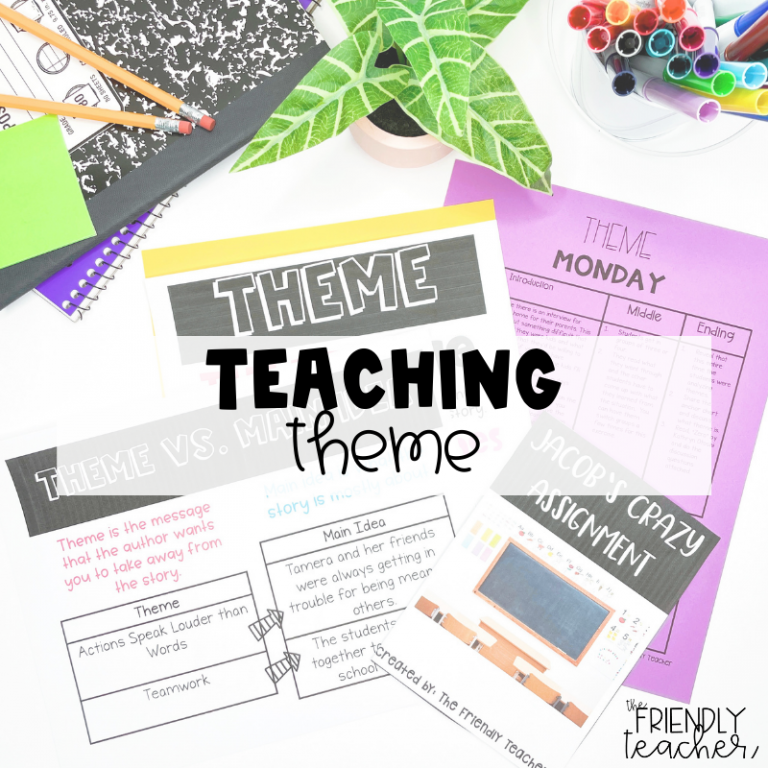
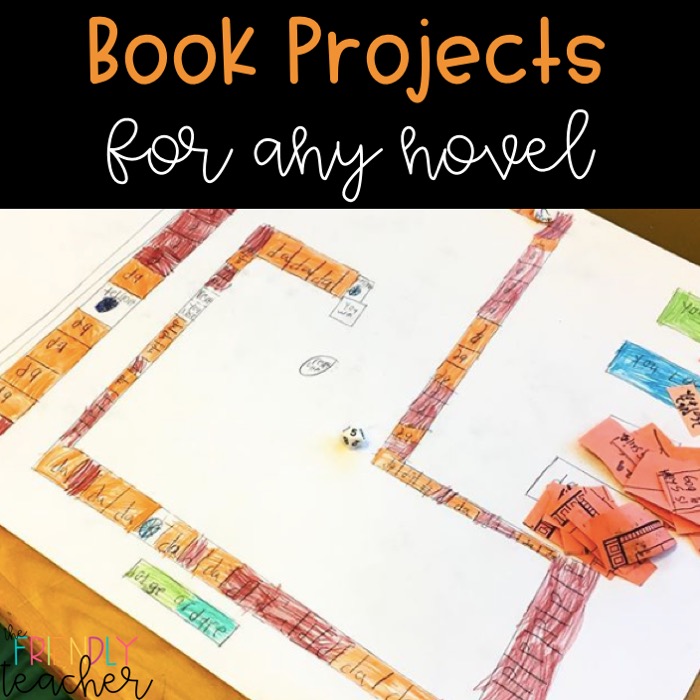

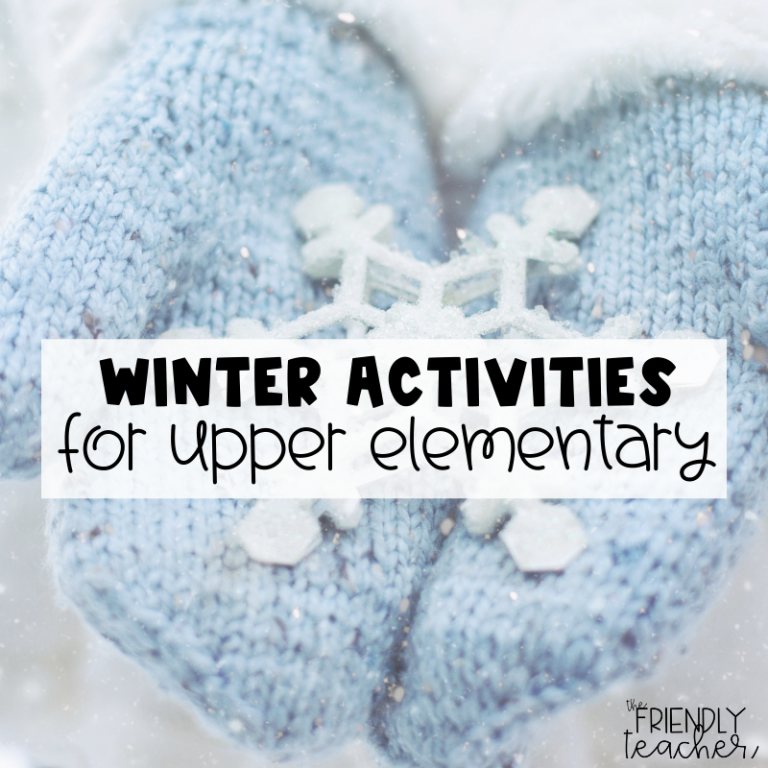

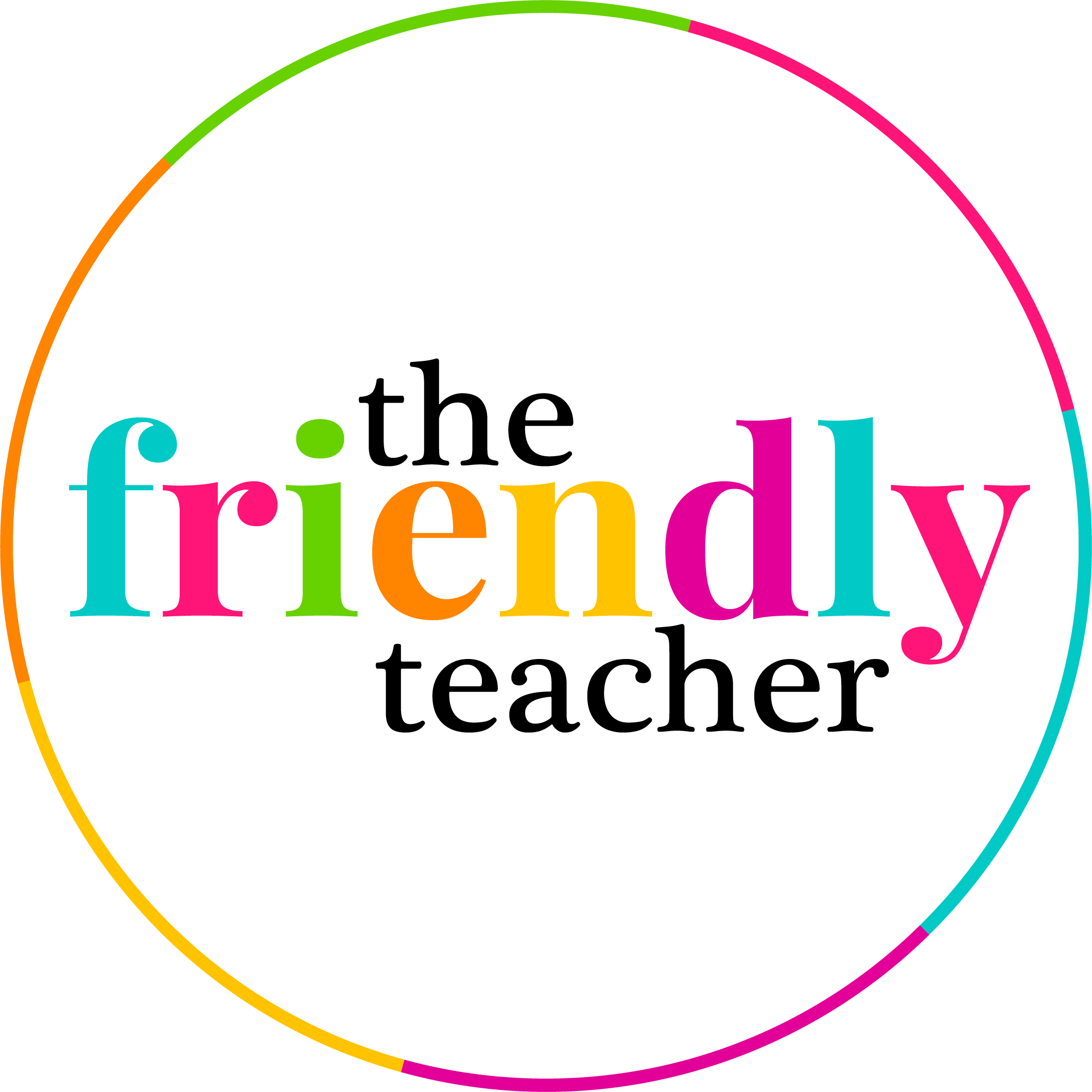
Great tips! Love these and can't wait to try some in my classroom!
Love how you model individualization and such thoughtfulness!